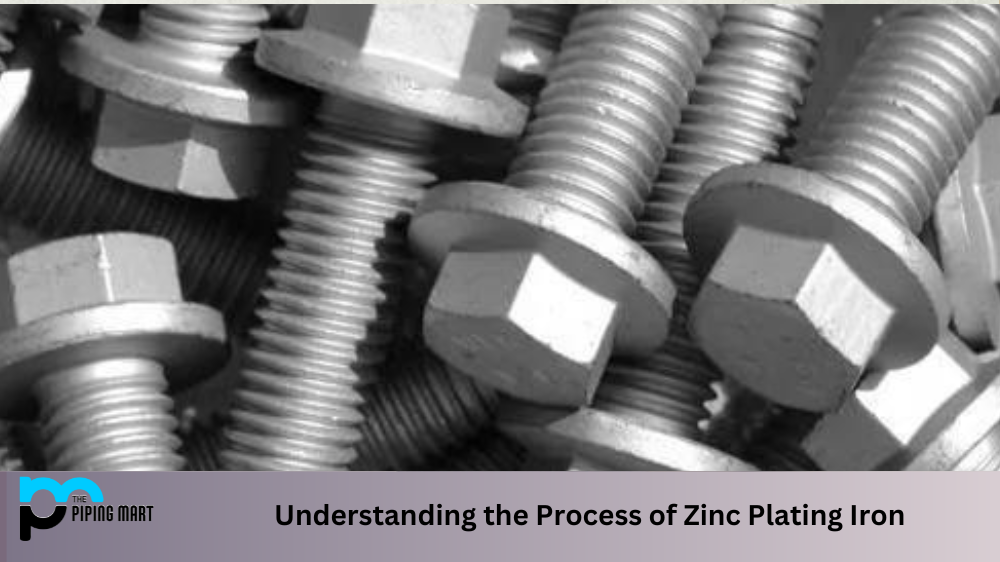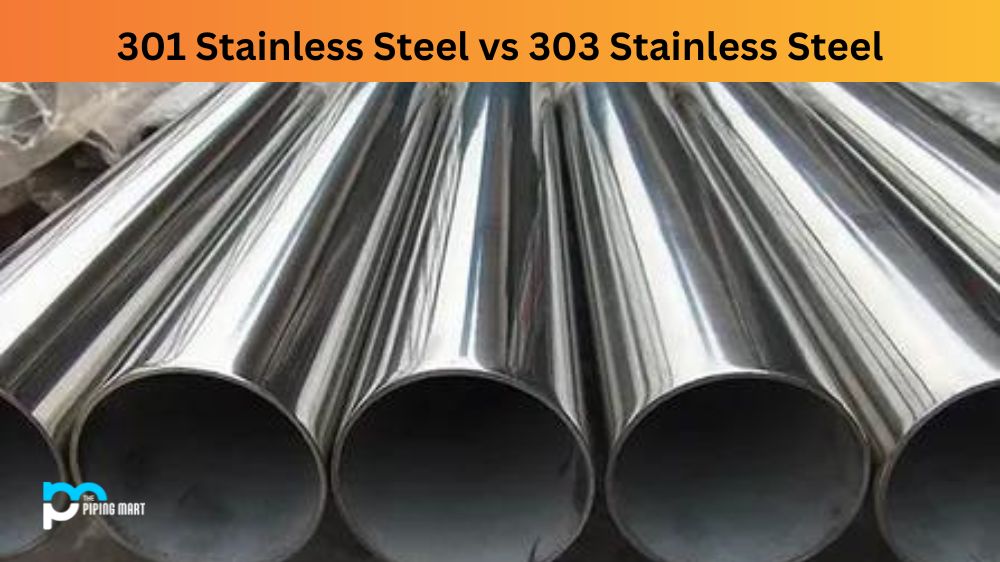Have you ever wondered how metal is deposited on another metal to form a protective or decorative coating? This process is known as metal plating and involves a range of metals and processes. One of the most common forms of metal plating is zinc plating. In this process, zinc metal is deposited on iron or steel components to form a protective coating. Let’s take a closer look at the process of zinc plating iron and how it works.
Zinc Iron Plating Process
Zinc plating iron or steel involves immersing the component in an electrolyte bath, which contains both zinc ions and other ions that can be electroplated onto the surface. When an electrical current is applied to the bath, the zinc ions are attracted to the iron or steel part, which reacts with oxygen in the air to form an insoluble zinc oxide layer. This layer provides corrosion protection for the underlying part and a decorative finish if desired.
In addition to its corrosion-resistant properties, zinc plating also offers several other benefits over other types of metal plating. For example, it has excellent adherence properties, which adhere strongly to whatever substrate it applies to. It also has good conductivity properties, which make it ideal for electrical applications such as circuit boards and batteries. Finally, it has a relatively low cost compared with other types of metal plating processes.
Advantages
There are several advantages to using zinc iron plating over other methods of corrosion protection. Zinc iron plating provides excellent corrosion resistance, is relatively inexpensive, and can be used on a variety of metals. Additionally, zinc iron plating can be used as a primer for painting or other finishes.
Disadvantages
There are some disadvantages to using zinc iron plating as well. The most significant disadvantage is that the zinc layer can be susceptible to hydrogen embrittlement, which can cause the metal to become brittle and fracture. Additionally, zinc iron plating is not as effective in high-temperature environments
Common Applications for Zinc-Plated Iron
Zinc-plated iron is used in various industries due to its corrosion resistance and low cost. Common applications include automotive components such as brake systems and suspension parts; construction materials like bolts and nuts; electrical components such as switch boxes; fasteners such as screws; hand tools such as wrenches; plumbing fixtures like faucets; and many more!
Conclusion:
Zinc plating iron or steel is an effective way to protect against corrosion while still providing a decorative finish if desired. The process itself is quite simple, involving only two steps: immersing the part in an electrolyte bath containing zinc ions and applying an electric current. The end result is a protective layer of zinc oxide that provides excellent adherence properties, good conductivity properties, and relatively low cost compared with other types of metal plating processes. As you can see, understanding how this process works can help you choose the suitable material for your project!

Pipingmart is a B2B portal that specializes in metal, industrial and piping items. Additionally, we share the latest information and information about materials, products and various types of grades to assist businesses that are involved in this business.




